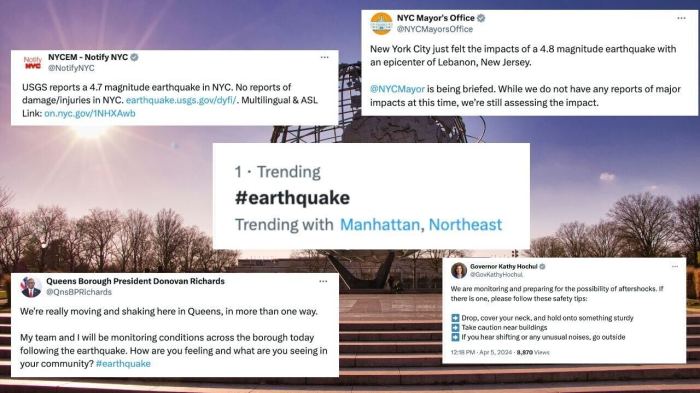By Stacey Rosenfeld, Ph.D., and Stacey Schulman, MS, RD, CDN
Chances are, if you’ve dined out in New York City recently, you’ve noticed a new addition to the menus of your favorite spots. Chains like Starbucks, Cosi, Subway, and other meccas of quick, affordable food, now post caloric content on their in-store menu boards.Your morning grande mocha? 330 calories. The six-inch, turkey sandwich popularized by Subway’s Jared? 280 calories.
Caloric labeling is the result of a citywide health department regulation that took effect on March 31, 2008. Restaurants with 15 or more outposts nationwide are required to include calorie counts of all menu items. Restaurants not in compliance risk financial penalty.
While nutritional information has long been available online, in supermarkets and restaurant pamphlets, the new regulation of in-store posting is rigorously aimed at combating obesity. The hope is that if customers are faced with caloric information head on, they’ll make lower calorie, lower fat food choices, ultimately leading to weight loss and better health.
Unfortunately, caloric labeling relies on several assumptions and may have specific negative consequences. To start, menu labeling assumes that consumers don’t already have an idea about the caloric content of their favorite foods. Truth is, posting calorie content is like preaching to the choir. Those most likely to integrate caloric information have already read the pamphlets or scoured the Internet in order to reduce their caloric intake. (Others, who typically eat higher calorie diets aren’t particularly interested in calorie counting and likely won’t be affected. Customers at fast food restaurants, for instance, are often driven by taste and cost, and likely won’t be swayed by caloric labeling.)
In-store menu labeling may encourage consumers to base more and more of their food decisions on caloric amounts, leading to greater food restriction, a pathway to clinical eating disorders. There’s a fine line between calorie counting and the thoughts, feelings, and behaviors associated with an eating disorder. For those who already struggle with disordered eating habits or thoughts, menu labeling can interfere with their attempt to lift their focus off calories.
Labeling laws imply that cutting calories is the only way for people to learn how to manage their weight. Since only the calorie count is posted, consumers may choose lower calorie foods, while disregarding other variables such as protein, carbohydrate, fat and fiber content, along with the vitamins and minerals that certain foods contain. An eight-ounce glass of skim milk is more caloric than a similarly sized serving of diet soda, but the milk is more nutritious.
Finally, labeling laws presume that consumers will be able to sustain a lower calorie diet, requiring them to sacrifice what they prefer to eat. It’s estimated that over 95% of all diets fail, as humans don’t respond well to the experience of deprivation.Whatever weight is lost is often regained (and then some) as we compensate for a period of deprivation. If we make food choices based on caloric information, rather than on what we crave, we’ll begin to feel deprived, just as dieters do. Lower calorie meals with less nutrient value often leave us less satisfied, which can result in eating more later on.
Food choices based on food cravings (“I feel like a cheese sandwich” vs. “I should have a salad”), as part of a balanced overall diet, are more likely to be associated with a more positive relationship with food and reduced incidence of overeating.
Making Better Food Choices
With New York City invested in reducing its obesity epidemic, caloric labeling seems here to stay. While menu labeling may provide marginal benefits to some, complications may arise. In the interest of physical and psychological health, how should we make food choices in the face of caloric labeling? Here are some tips:
Stacey Rosenfeld, Ph.D. (www.staceyrosenfeld.com) is a psychologist in private practice in NYC and at Columbia-Presbyterian-Eastside. Stacey B. Schulman, MS, RD, CDN (www.staceyschulmannutrition.com) is a registered dietitian and nutrition therapist in private practice in NYC and Westchester County.
































